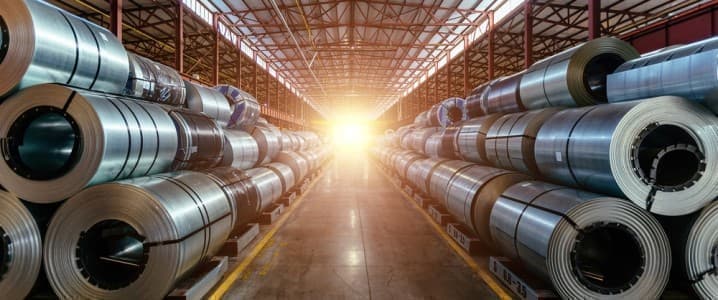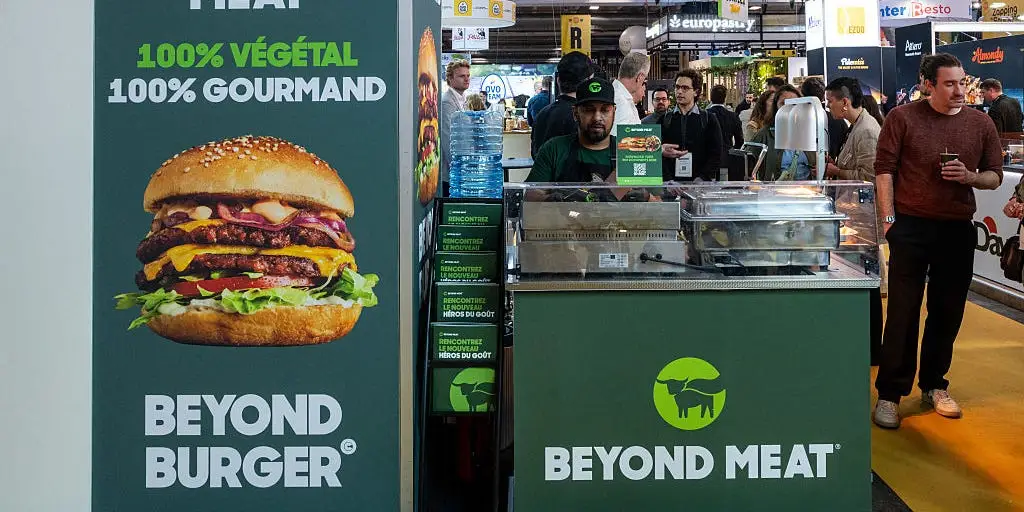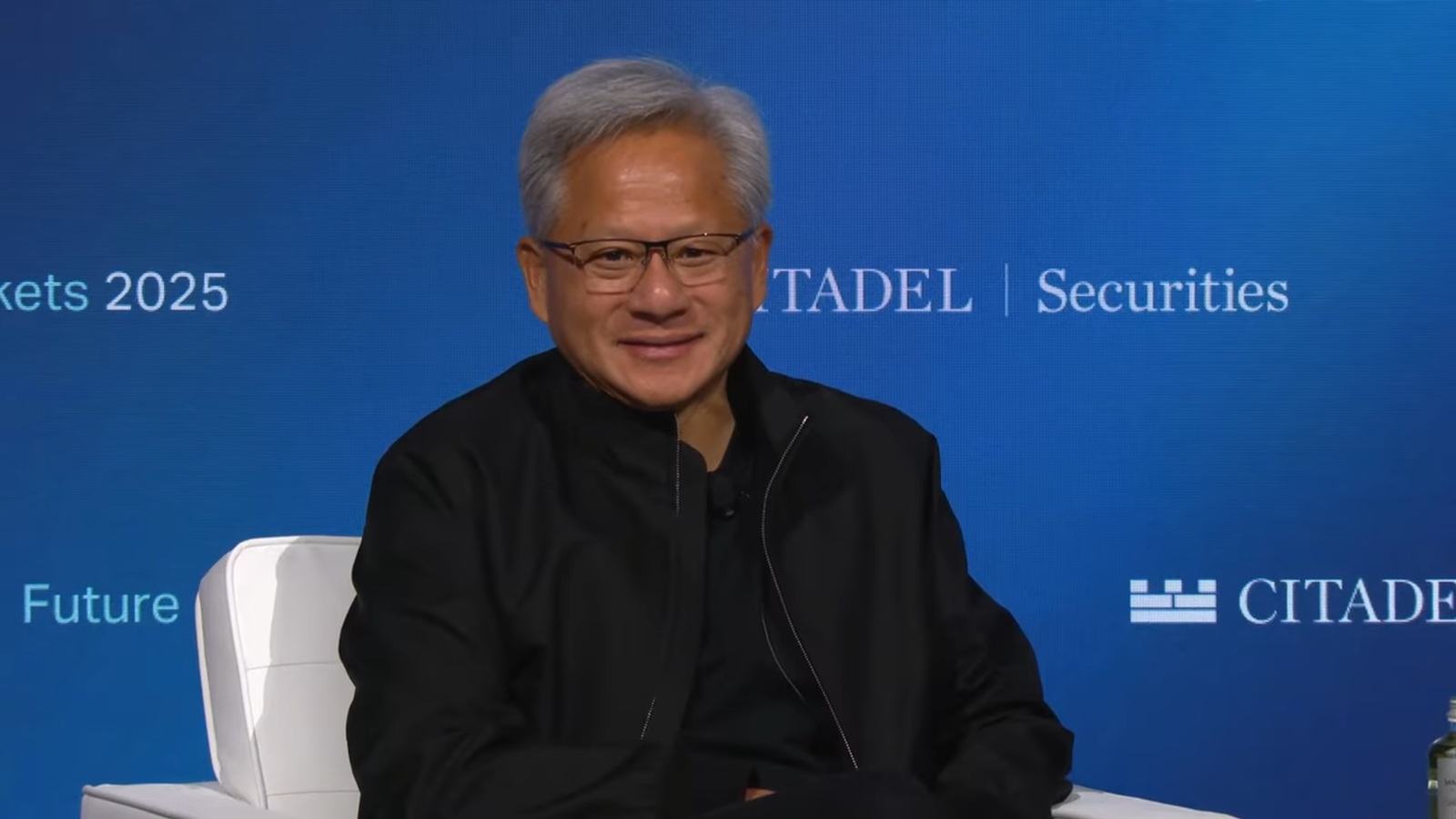Copyright OilPrice

Via Metal Miner Hot rolled coil prices in Europe have remained largely unchanged in the past two weeks. However, a proposal by the European Union to slash import quotas has raised concerns among market participants. Hot Rolled Coil Deliveries Surging into the EU Mills in northern Europe continue to seek €580-600 ($700) per metric ton EXW for the flat rolled product, though one trader noted that they have since moved away from the offers’ high end, instead transacting material at closer €570 ($665). Imports into Europe from Southeast Asia, mainly Malaysia and Indonesia, that transacted over the summer, are now arriving into the Low Countries at €490-500 ($570-580) per metric ton CFR. “There’s a massive amount of products coming in,” one trader stated. Hot rolled coil’s applications include construction and support paneling. The flat rolled product also serves as feedstock for the production of welded pipes as well for cold rolled coil, which has other downstream uses. The latter carries an average premium of €100 ($115) per metric ton across Europe. EC Releases Plans to Slash Flat-Rolled Imports As the end of the year approaches, market sources are expressing concern over how local prices for HRC might move due to European Union policy. In early October, the European Commission, the executive arm of the 27-member bloc, announced a proposal that would slash flat-rolled import volumes in new post-safeguard measures, replacing the ones now in effect and due to expire in June 2026. Besides doubling the current import duty from 25% to 50%, the plan stipulates limiting tariff-free import volumes to 18.3 million metric tons. This reflects a 47% decrease from the current 34.5 million metric tons. In addition, the proposal seeks to strengthen the traceability of steel markets by introducing a melt and pour requirement to prevent circumvention. Once enacted, the new legislation would become effective in 20 days. However, the proposal did not make it clear exactly when the European Parliament would vote. “That’s the million-dollar question,” one trader commented to MetalMiner. The Forthcoming CBAM Remains a Sticking Point Along with the planned introduction of the Carbon Border Adjustment Mechanism (CBAM) on January 1, the current conditions have raised concerns about European mills having a de facto monopoly position. Sources note that this could stifle business and steel trading, while others have warned that they are looking at third country markets where they could import finished steel products from Asia. Meanwhile, sources have told MetalMiner that fear of retroactive tariffs on imports due to an as-yet unclear CBAM policy has also suppressed imports into Europe. In September, the EC also stated that it would implement the CBAM with default values for embedded emissions on products for 10 countries. However, it remains unclear which countries the policy would target. By Christopher Rivituso More Top Reads From Oilprice.com Indian Refiners Pause Russian Oil Orders as U.S. Sanctions Bite India Eyes Long-Term U.S. LPG Supply Putin: Oil Prices Could Soar Past $100 Without Russian Crude



